LGBTQIA+ Families: Adoption, foster care, and creating new traditions
LGBTQIA+ couples are more likely to adopt. Learn about the challenges and opportunities for LGBTQIA+ families when it comes to adoption and foster care.
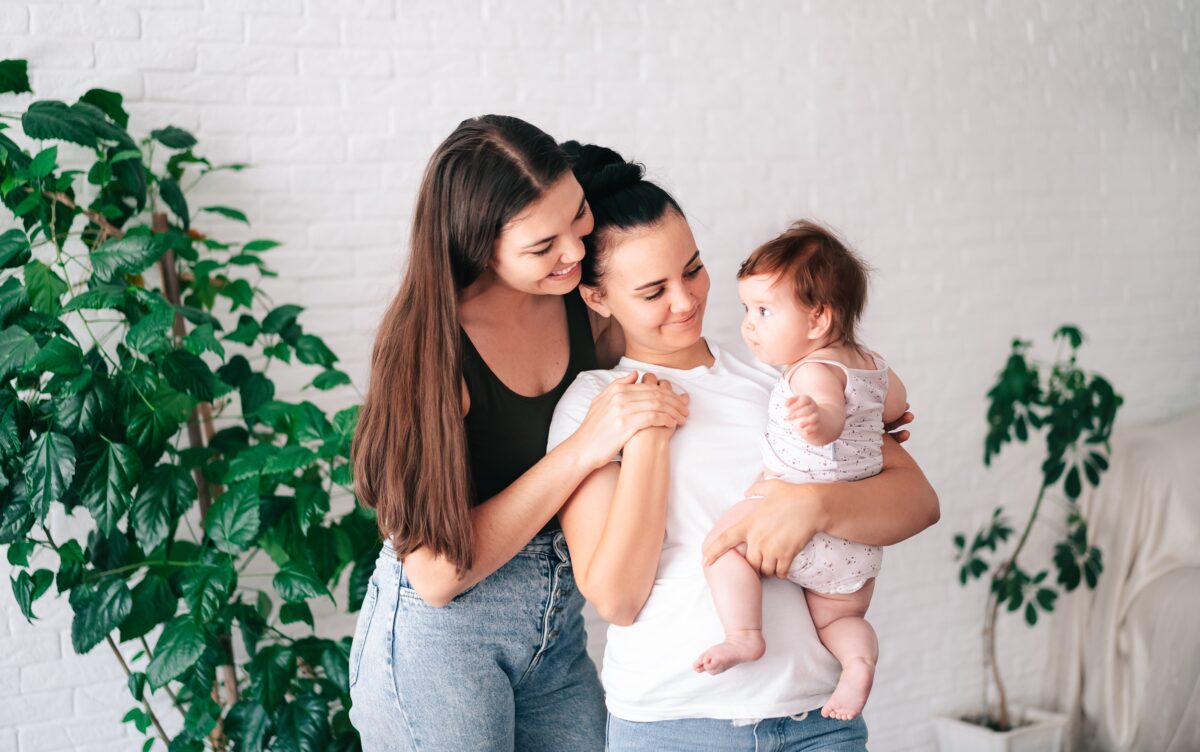
- 1.1 million same-sex families in the US have at least one child.
- LGBTQIA+ couples are more likely to adopt.
- Learn about the challenges and opportunities for LGBTQIA+ families.
According to the US Census, there are at least 1.1 million LGBTQIA+ families in the country.
Of these, 15% have at least one child. In the same survey, it was found that these families tend to be smaller and 54% of them are only made up of parents and one child.
Various studies have found that LGBTQIA+ families are often formed through adoption or fostering.
Find out what the requirements are, resources available to them and the most common challenges faced by same-sex households.
Adoption in LGBTQIA+ families
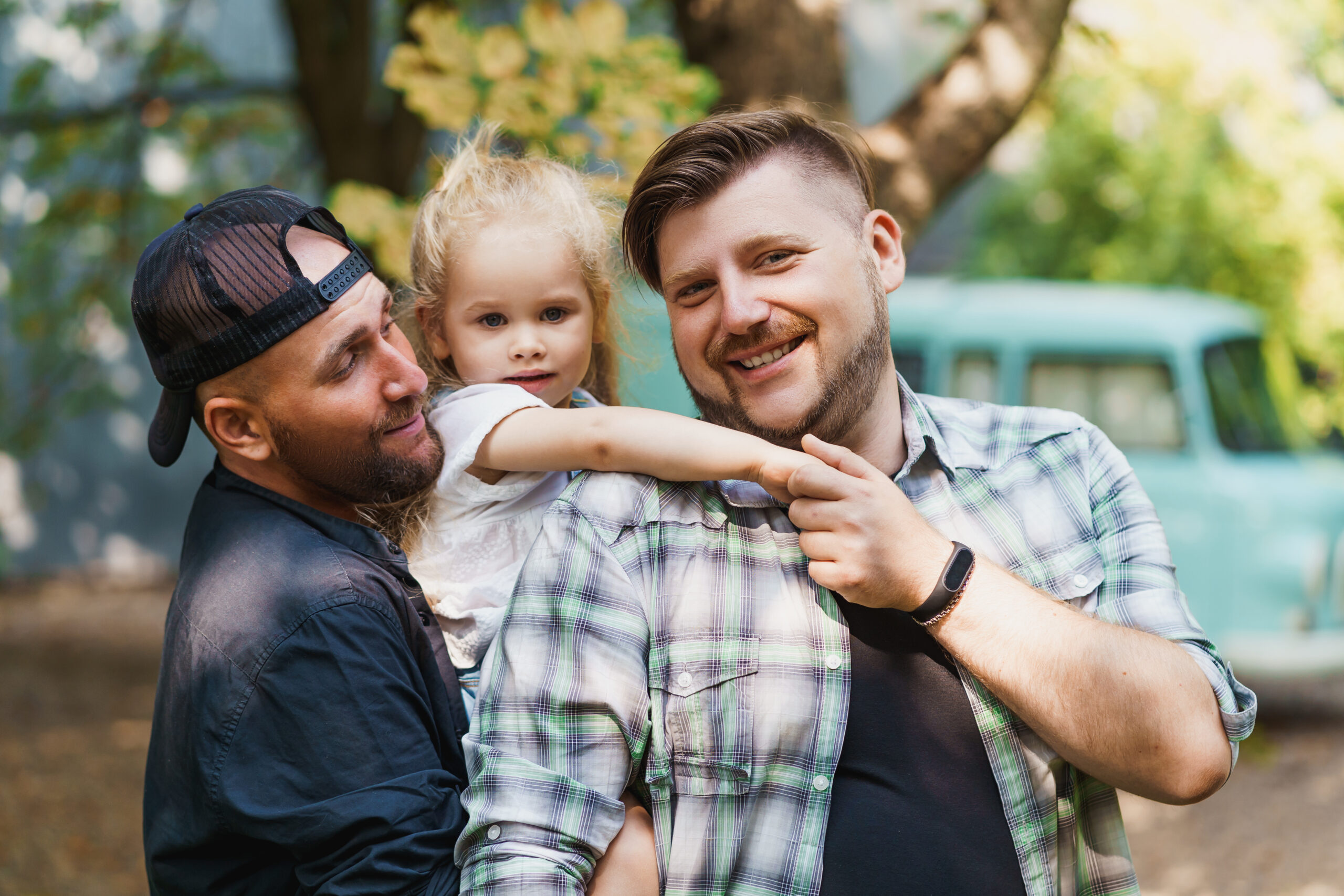
For many years, in the United States (and other parts of the world) laws prohibited adoption by same-sex couples.
However, since 1973 the laws have changed, thanks, in part, to the efforts of organizations such as the American Psychological Association and the American Medical Association.
This based on scientific evidence that demonstrated that sexual orientation doesn’t affect one’s ability to parent.
In addition, among the arguments legalizing adoption for LGBTQIA+ couples, are the right of children to be cared for by biological, adoptive or guardian parents, good living conditions and economic and emotional stability for children.
Foster Care: Requirements and processes
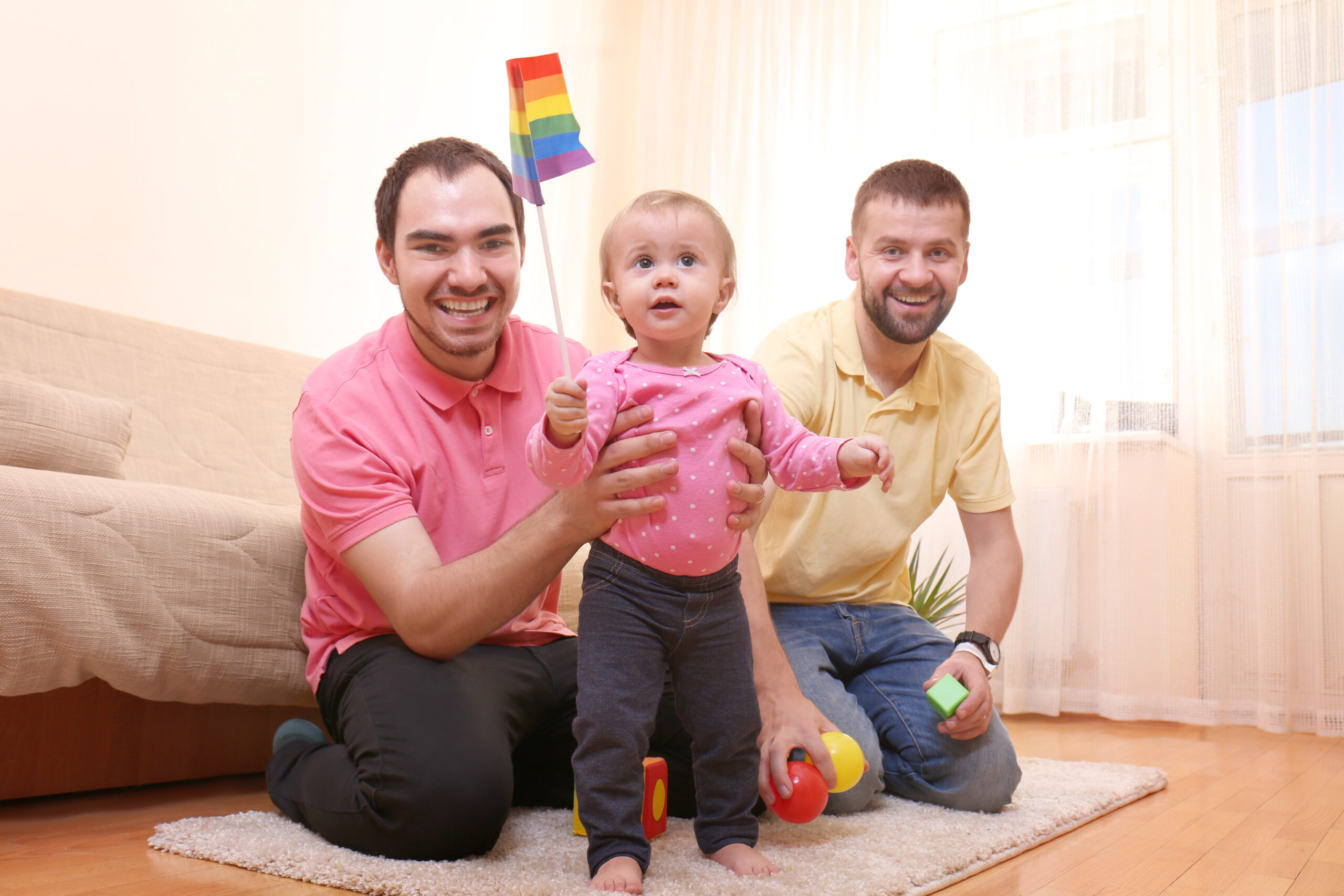
A study published by the Washington Post, revealed that in the 1970s thousands of orphaned children were placed in foster homes with LGBT caregivers.
This fact that generated discomfort, mainly among politicians and religious groups who considered it to be detrimental to minors.
Despite this, public servants continued to place orphaned children in these homes, finding ways to unite children with loving parents.
It was not until 2015, when civil unions between same-sex couples were legalized, that the United States took another look at these laws.
Why LGBTQIA+ foster homes are important
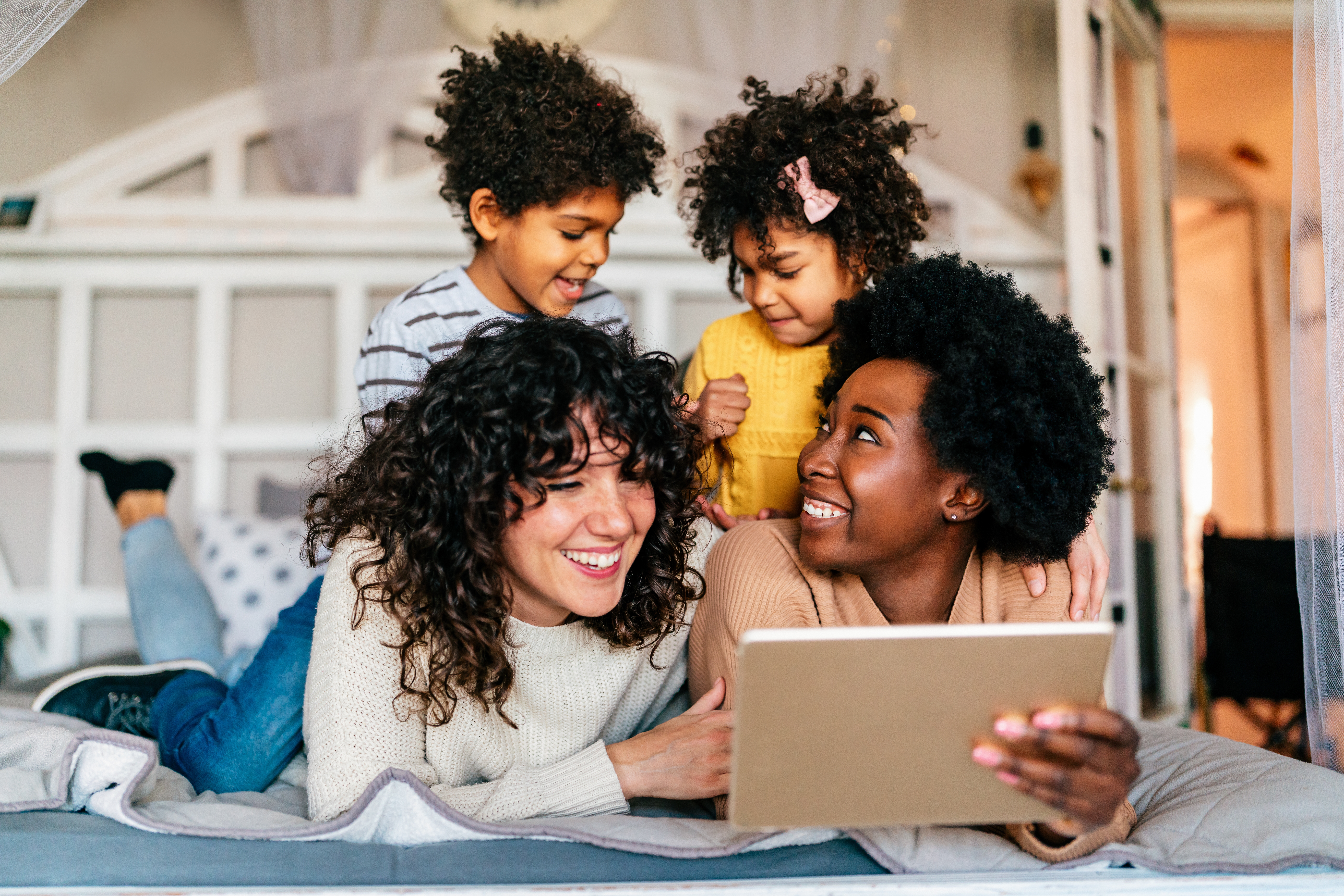
Over time, numerous studies have concluded that LGBTQIA+ couples are more inclined to foster than heterosexual couples.
According to some studies, the impact of LGBTQIA+ foster homes doesn’t just benefit the parents and children involved, it’s also good for the economy.
Without LGBT families, the country would lose between $87 and $130 million a year in child care alone.
Many experts believe that LGBTQIA+ families can offer a more accepting environment for children who have experienced physical or psychological violence.
Challenges that same-sex families face when adopting
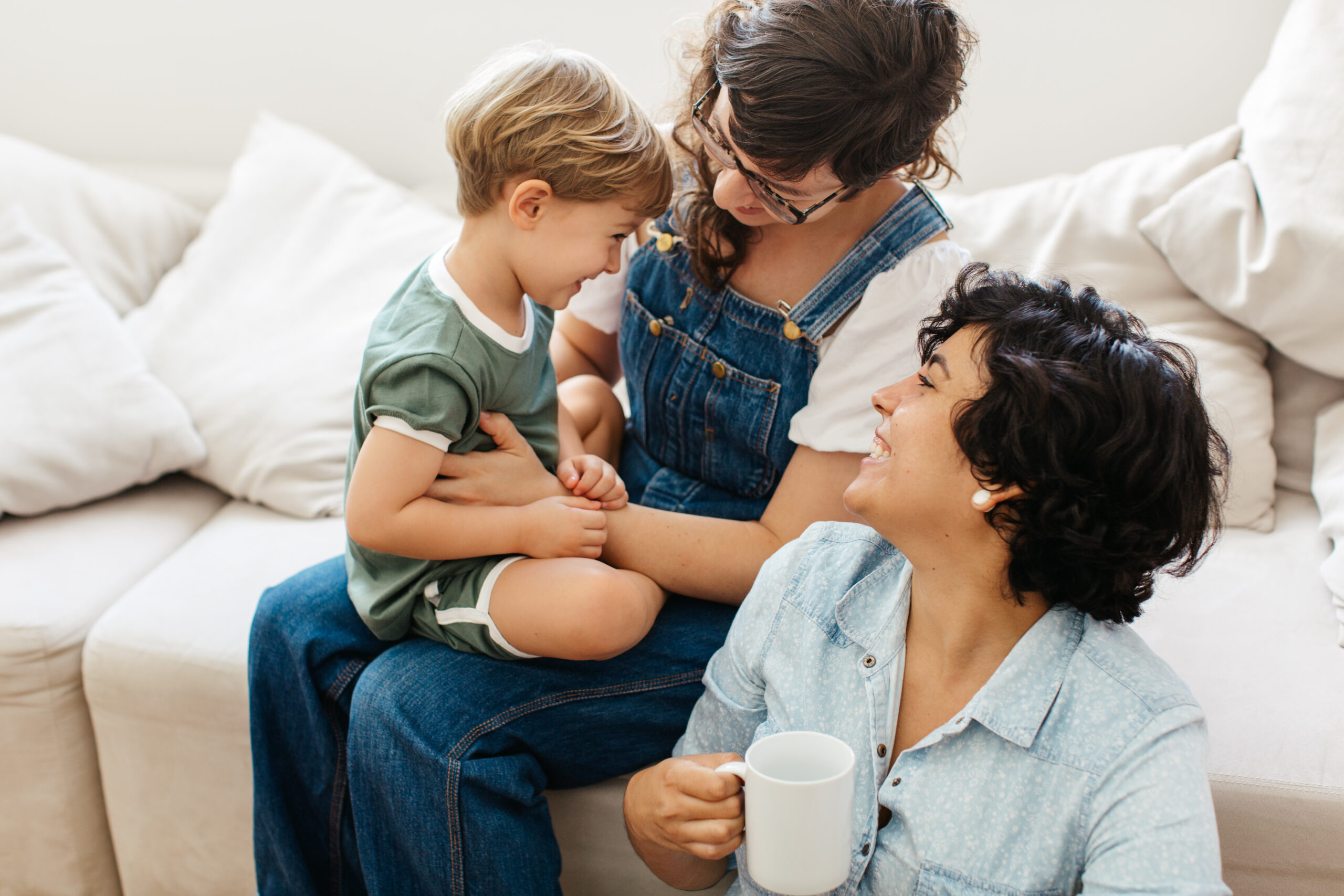
One of the biggest challenges that same-sex couples go through is the discrimination, especially from religious groups and some conservative legislators.
This can make it difficult to find adoption agencies willing to approve them.
For some LGBTQIA+ couples, there are concerns around that their children may face discrimination.
But it is important to identify the resources available to ensure that they can flourish in a safe environment, with the support of school authorities, parents and state and federal authorities.
 Related post
Related post





